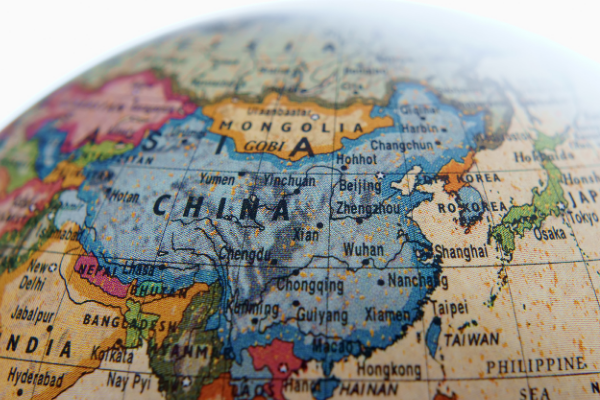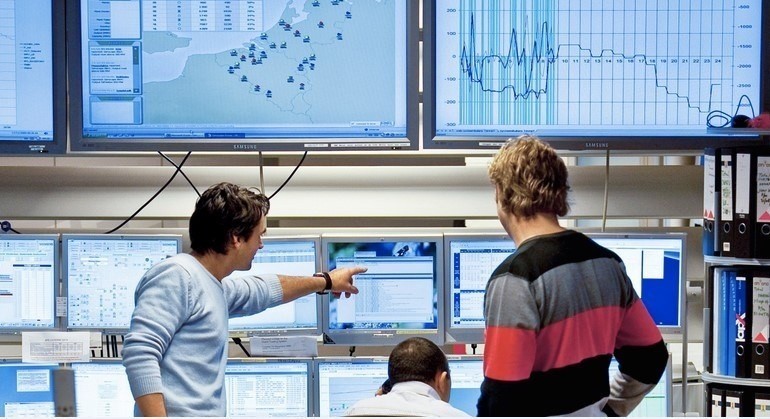
- While the dollar paused its ascent, analysts are warning that it is too early to see that pause as a durable reverse as the greenback remains a haven in uncertain economic conditions.
- Given that Asia imports an abundance of dollar-denominated commodities, central banks in the region, especially in Southeast Asia, will inevitably need to race with the Fed to just keep up.
Investors enjoyed a reprieve this week as the U.S. Federal Reserve met market expectations with a 75-basis-point rate hike, and posturing that was far less hawkish than feared.
And even though Asian markets rallied after the Fed meeting, investors shouldn’t let their guard down because more policy tightening by the Fed could trigger even sharper capital outflows from emerging markets, which are looking increasingly vulnerable.
While the dollar paused its ascent, analysts are warning that it is too early to see that pause as a durable reverse as the greenback remains a haven in uncertain economic conditions.
Not helping matters, flows continue to leave Asia against the strength of the greenback and rising U.S. Treasury yields.
Given that Asia imports an abundance of dollar-denominated commodities, central banks in the region, especially in Southeast Asia, will inevitably need to race with the Fed to just keep up.
Earlier this month, the Monetary Authority of Singapore surprised with an interest rate hike while the central bank of the Philippines mirrored the move.
One silver lining of course is that as Asian yield spreads widen, Asian bonds may start to look attractive with possible value in Indian high-yield issuers in sectors such as renewable energy, steel and telecom that could provide durable returns.
Nevertheless, the Fed’s somewhat softer posturing at the end of its most recent meeting has fueled some optimism that the beginning of the end of the hiking cycle may be in sight, especially with the U.S. economy rapidly starting to slow.



